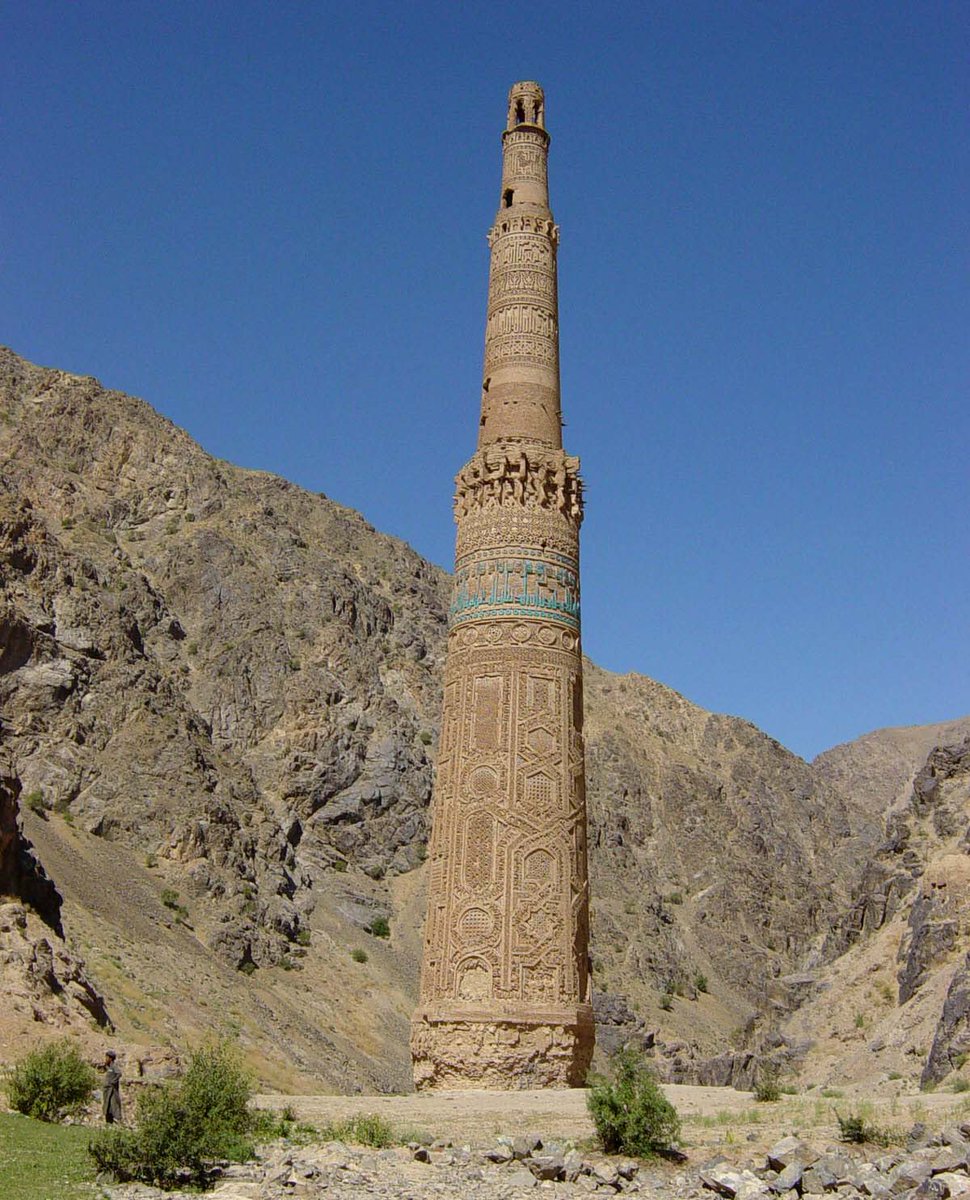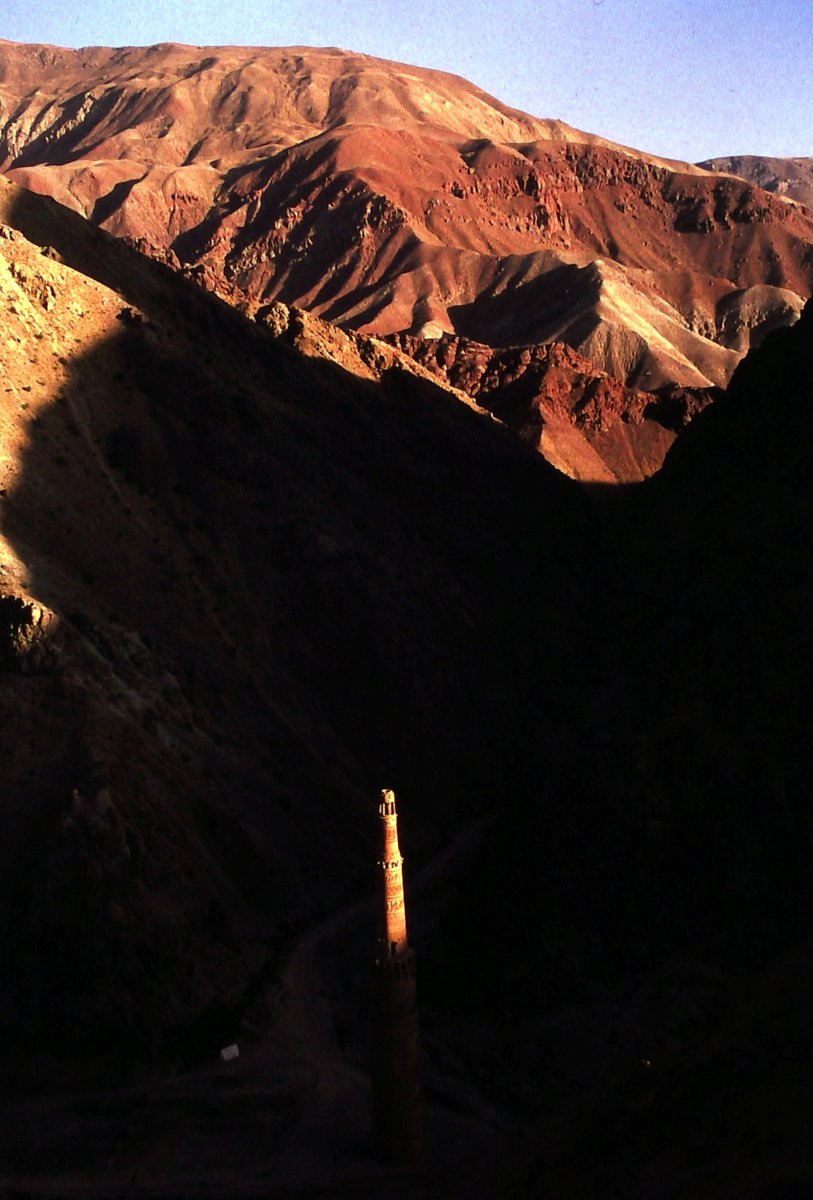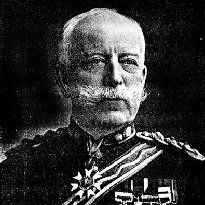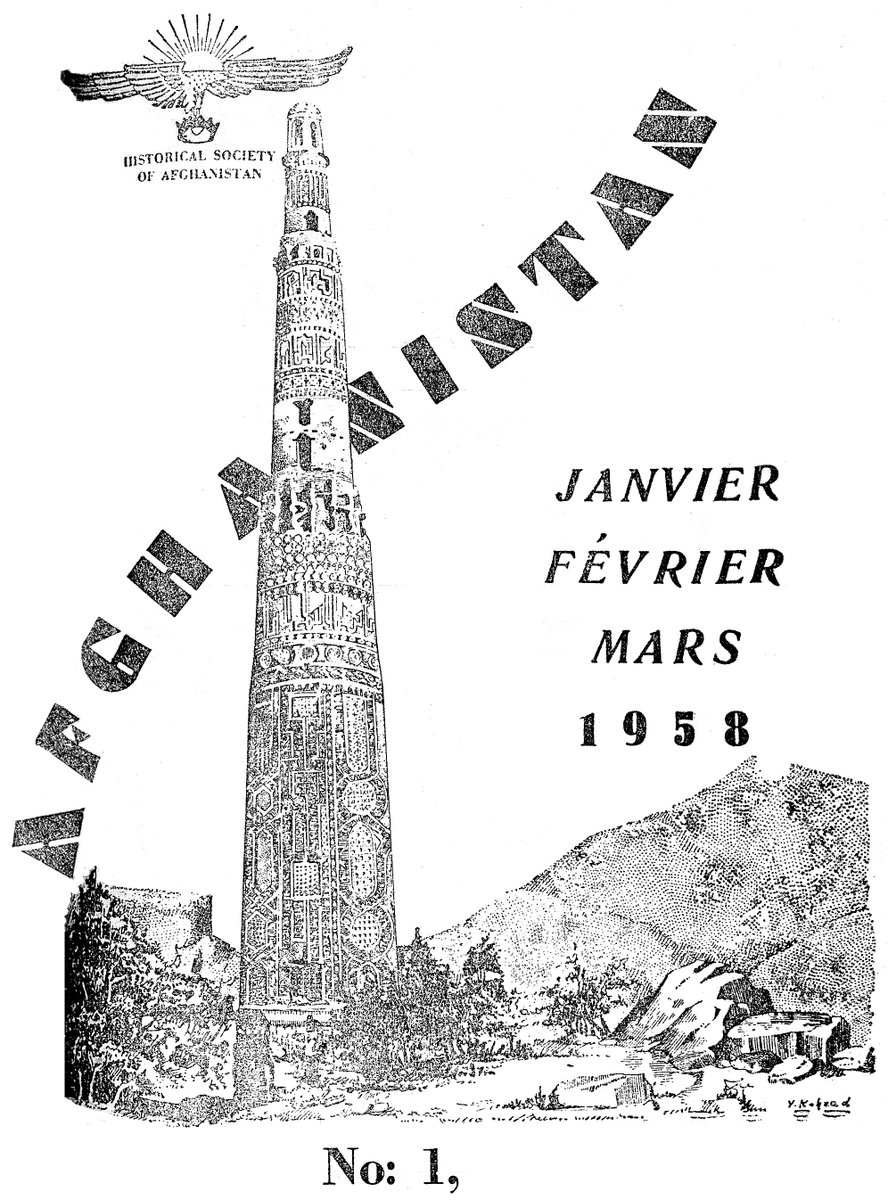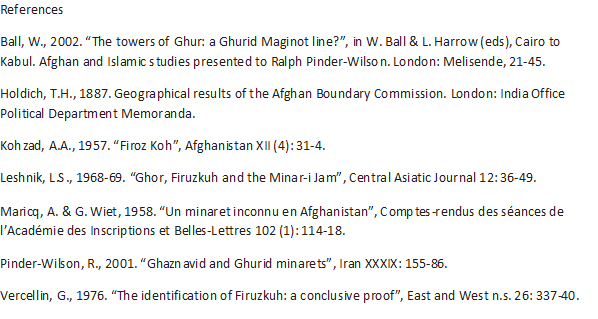Is #Firuzkuh the site of the modern #MinaretofJam? Discovery and debates – DCT 1/7 @dcshifty #Afghanistan
When the discovery of the Minaret of Jam was announced in 1957, the world was amazed - how could such a magnificent structure remain hidden for over 700 years? Of course, the answer is that it hadn’t and the role of Afghans in & #39;re-discovering& #39; the minaret is often overlooked. 2/7
Holdich is the first to mention the minaret in 1887. “Near Kaminj, on the right bank of the river, are the ruins of a town called Shahr-i-Jam. It is said to be built of large burnt bricks, and to contain one or more minars half as high again as those of the Masalla at Herat.” 3/7
The first reliable account of the minaret, however, was recorded by Ahmad Ali Kohzad, president of the Society for Afghan History in 1944, following a conversation with Abdullah Khan Malikyare, the governor of Herat province. 4/7
Kohzad asked André Maricq, of the Délégation Archéologique Française en Afghanistan (DAFA), to investigate. On returning to Kabul, Maricq excitedly reported he had found “le monument ghoride le plus important d’Afghanistan a Djam” (Kohzad 1957: 33). 5/7
Y. Kohzad’s drawing of the minaret appeared in 1958. A.A.
Kohzad argued Jam was the #Ghurid summer capital Firuzkuh but Lorenz Leshnik, who visited Jam in 1965, concluded the evidence was “at best equivocal” (Leshnik 1968-69: 45). 6/7
Kohzad argued Jam was the #Ghurid summer capital Firuzkuh but Lorenz Leshnik, who visited Jam in 1965, concluded the evidence was “at best equivocal” (Leshnik 1968-69: 45). 6/7
Most scholars now agree Firuzkuh is located at Jam following “conclusive proof” provided by Giorgio Vercellin (1976: 340) and Ralph Pinder-Wilson (2001: 166-7), based on their studies of historical texts. #Archaeological fieldwork at Jam has further strengthened the case. 7/7

 Read on Twitter
Read on Twitter